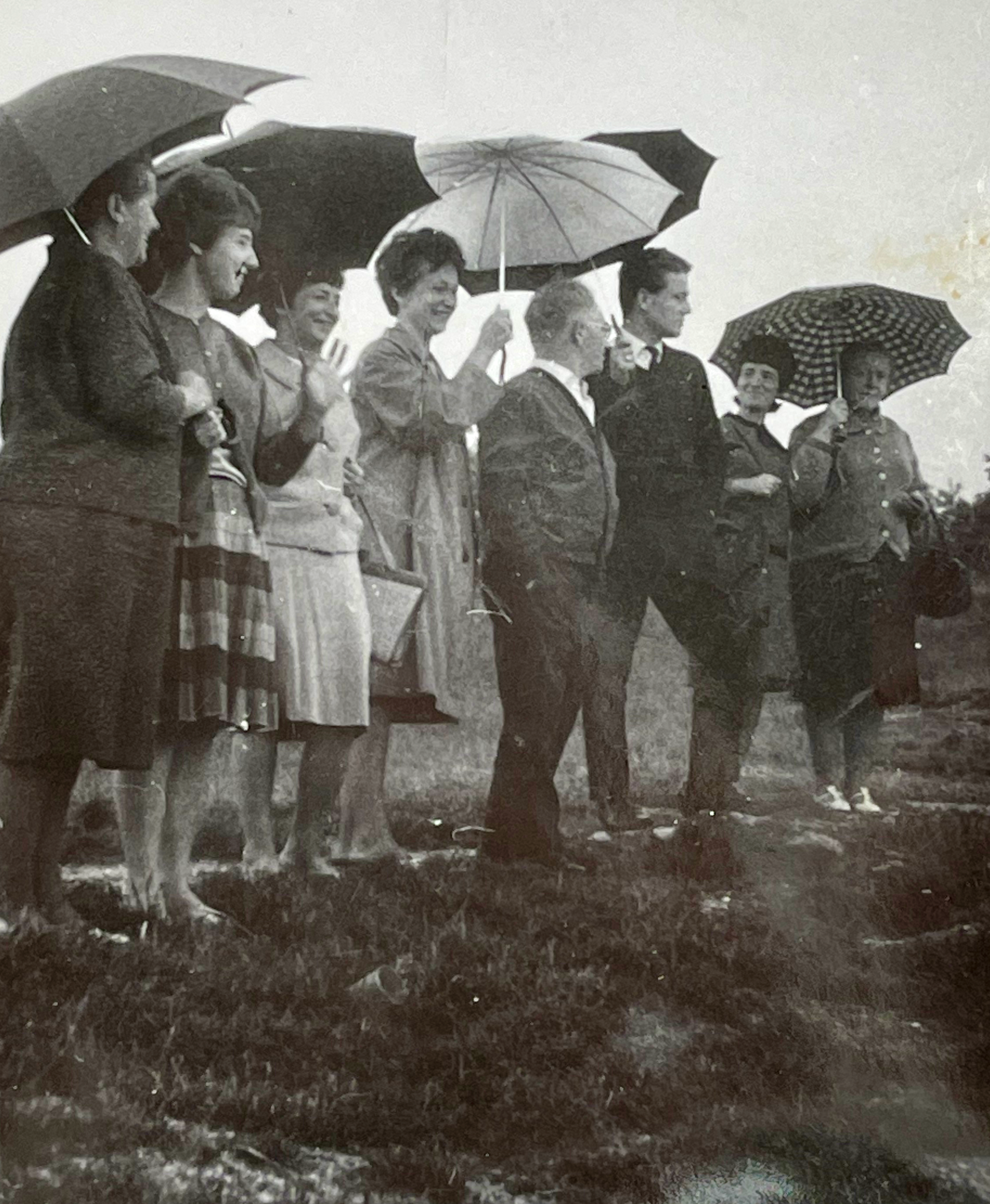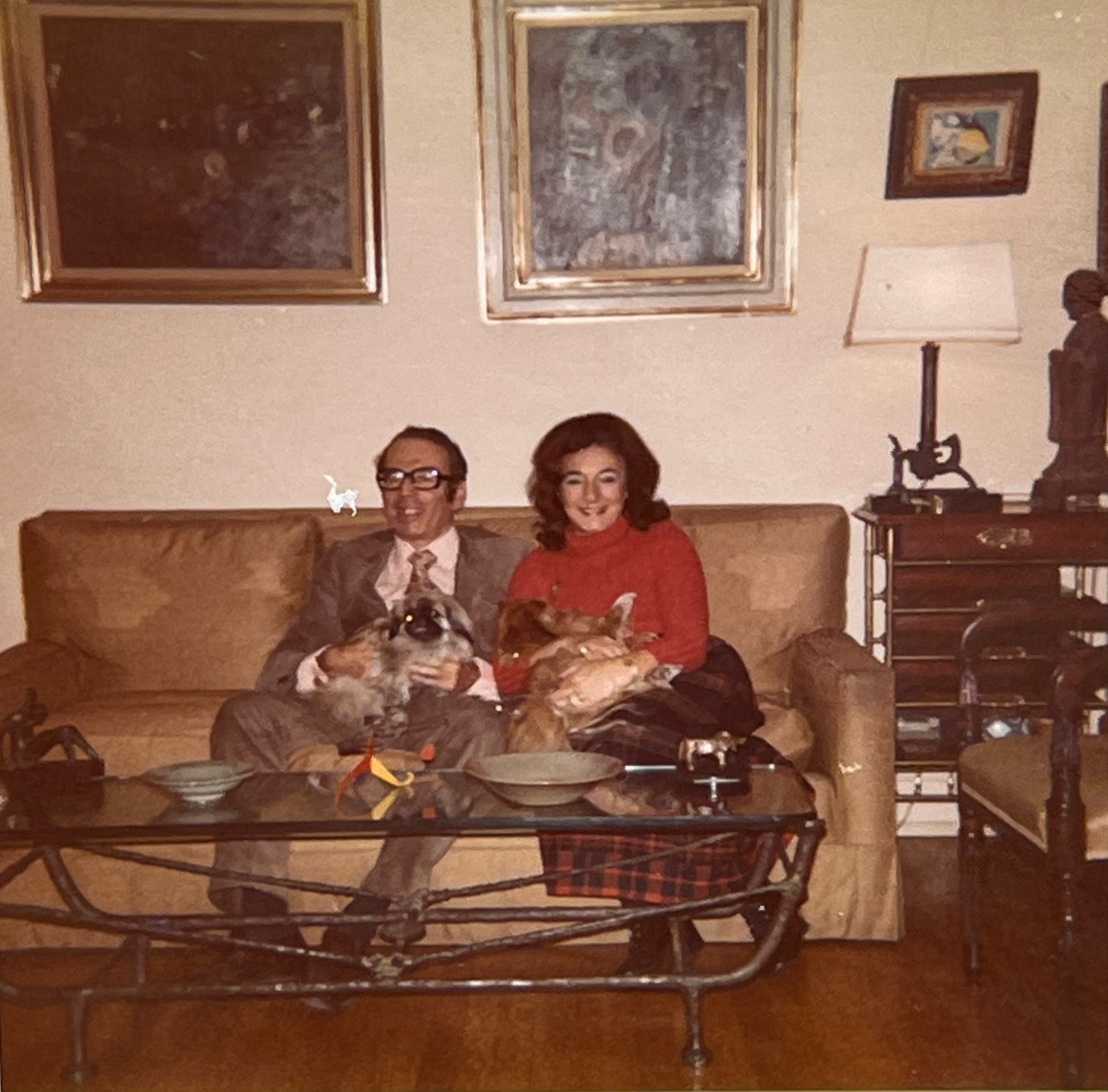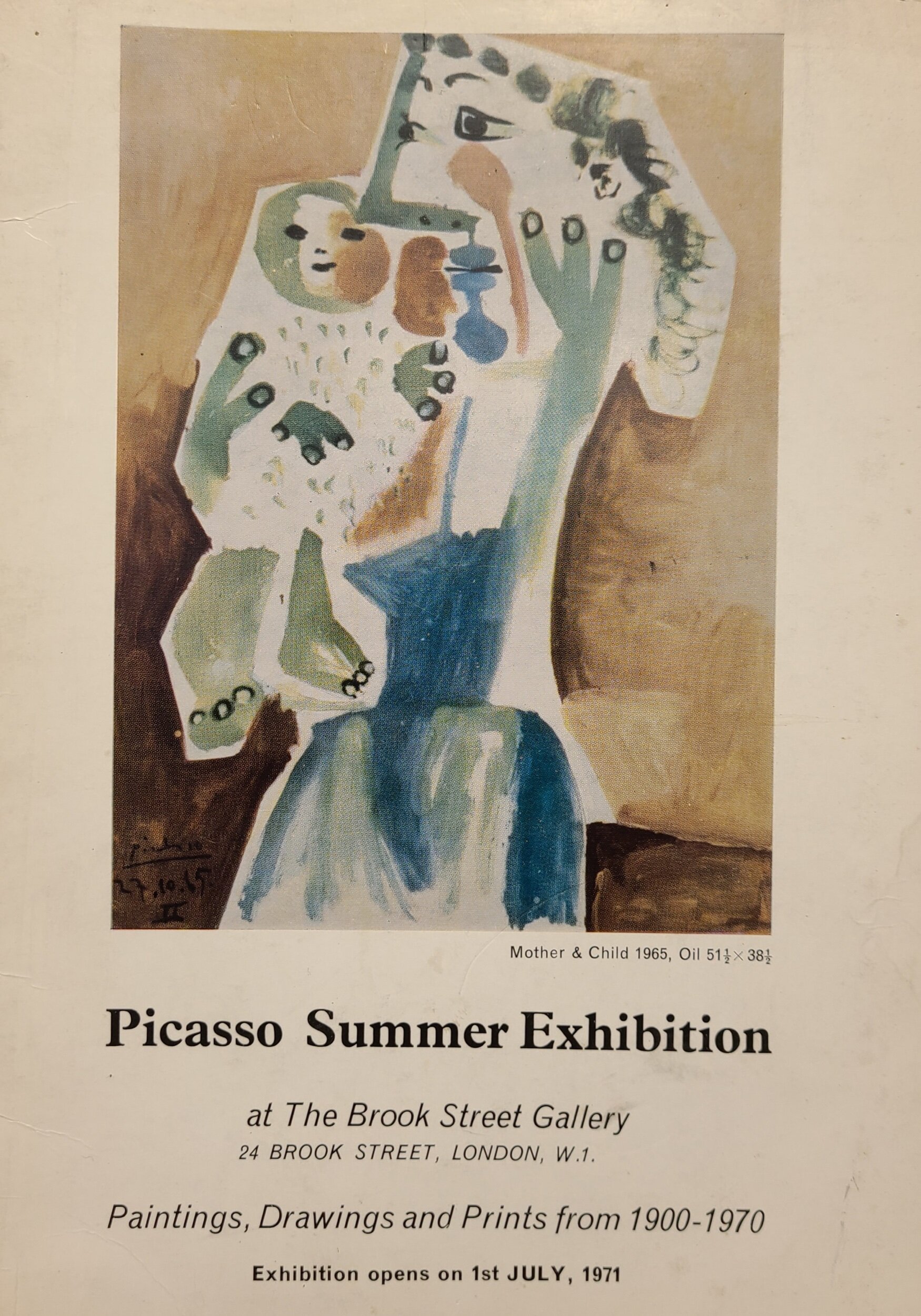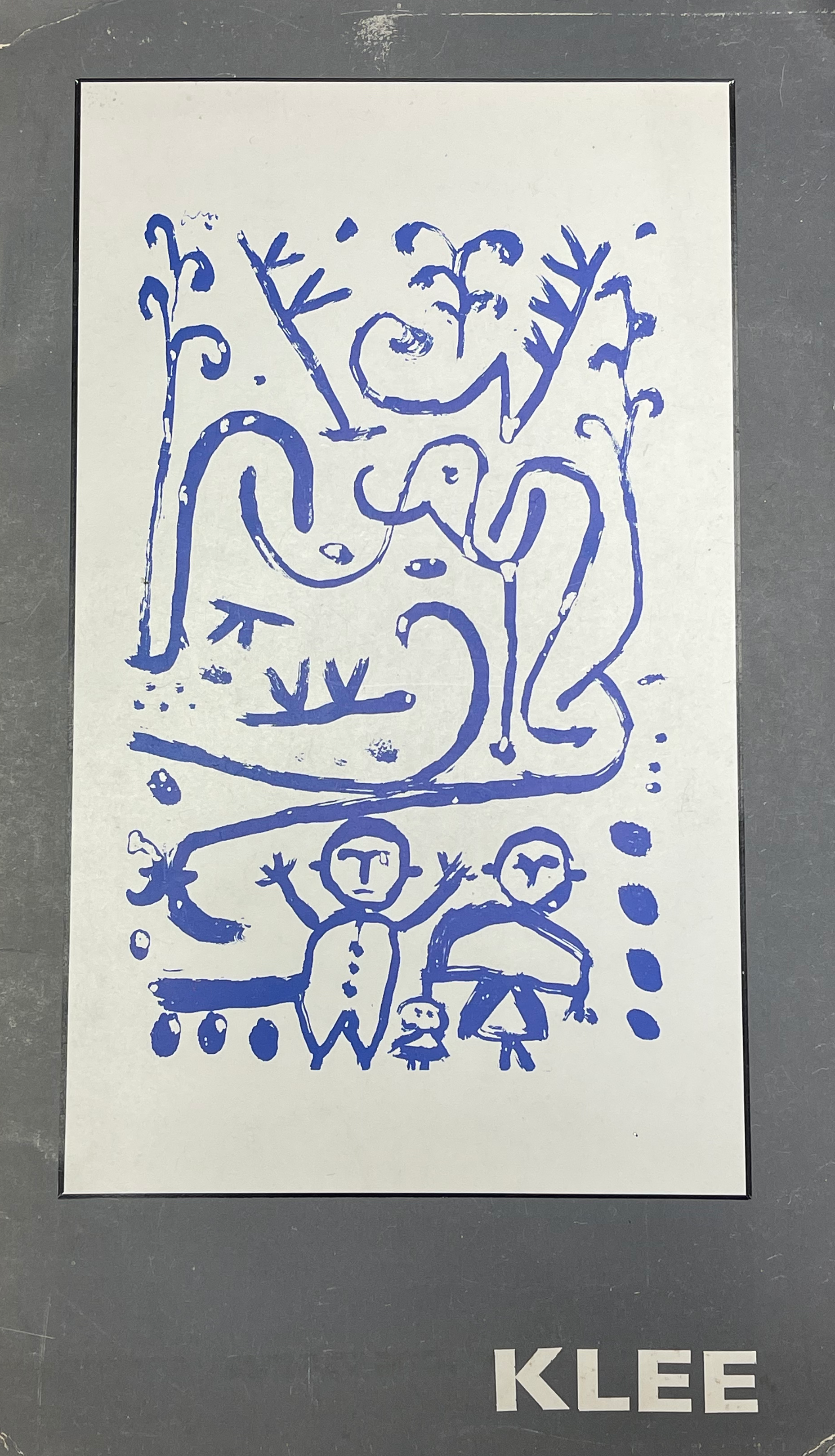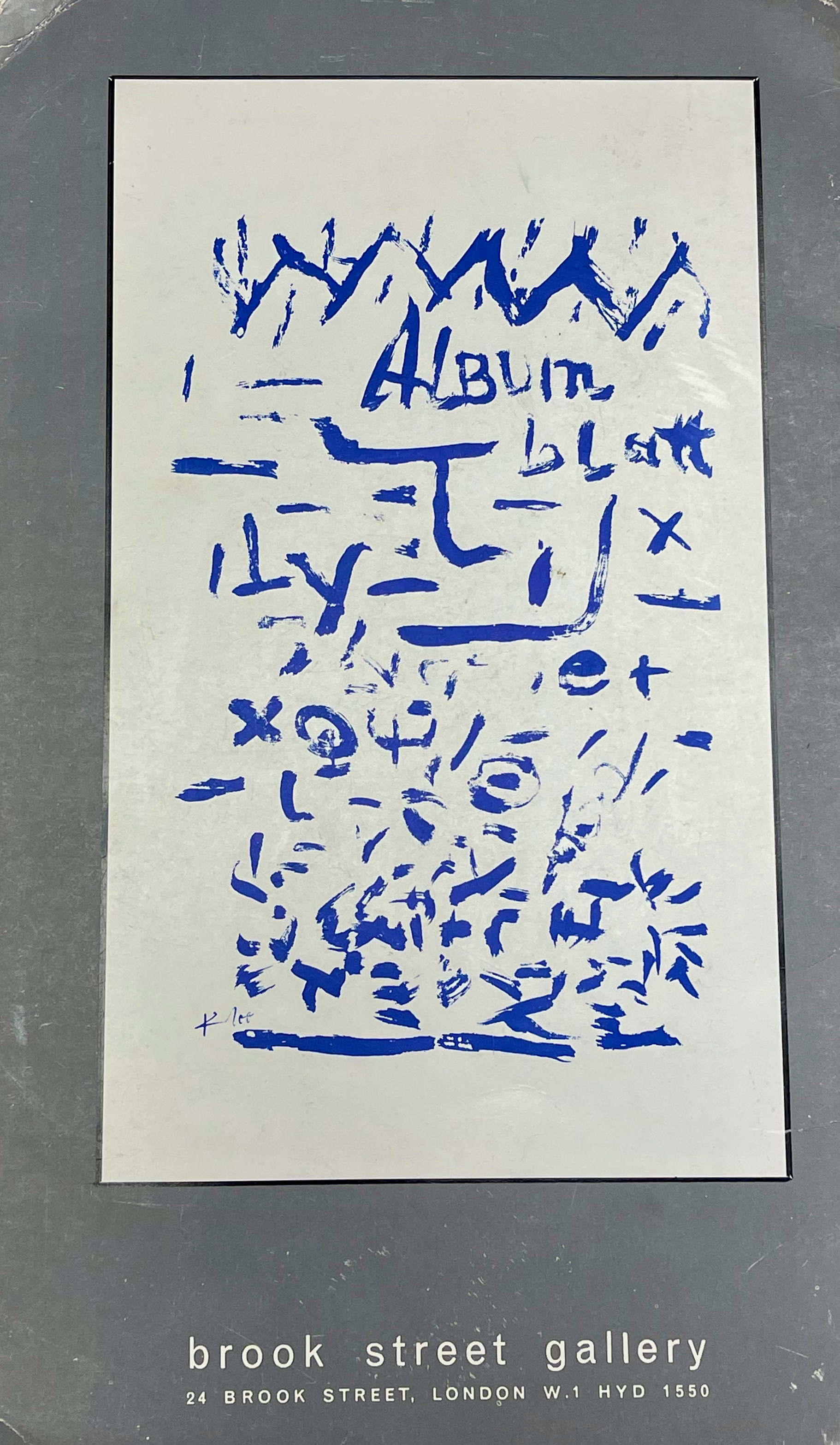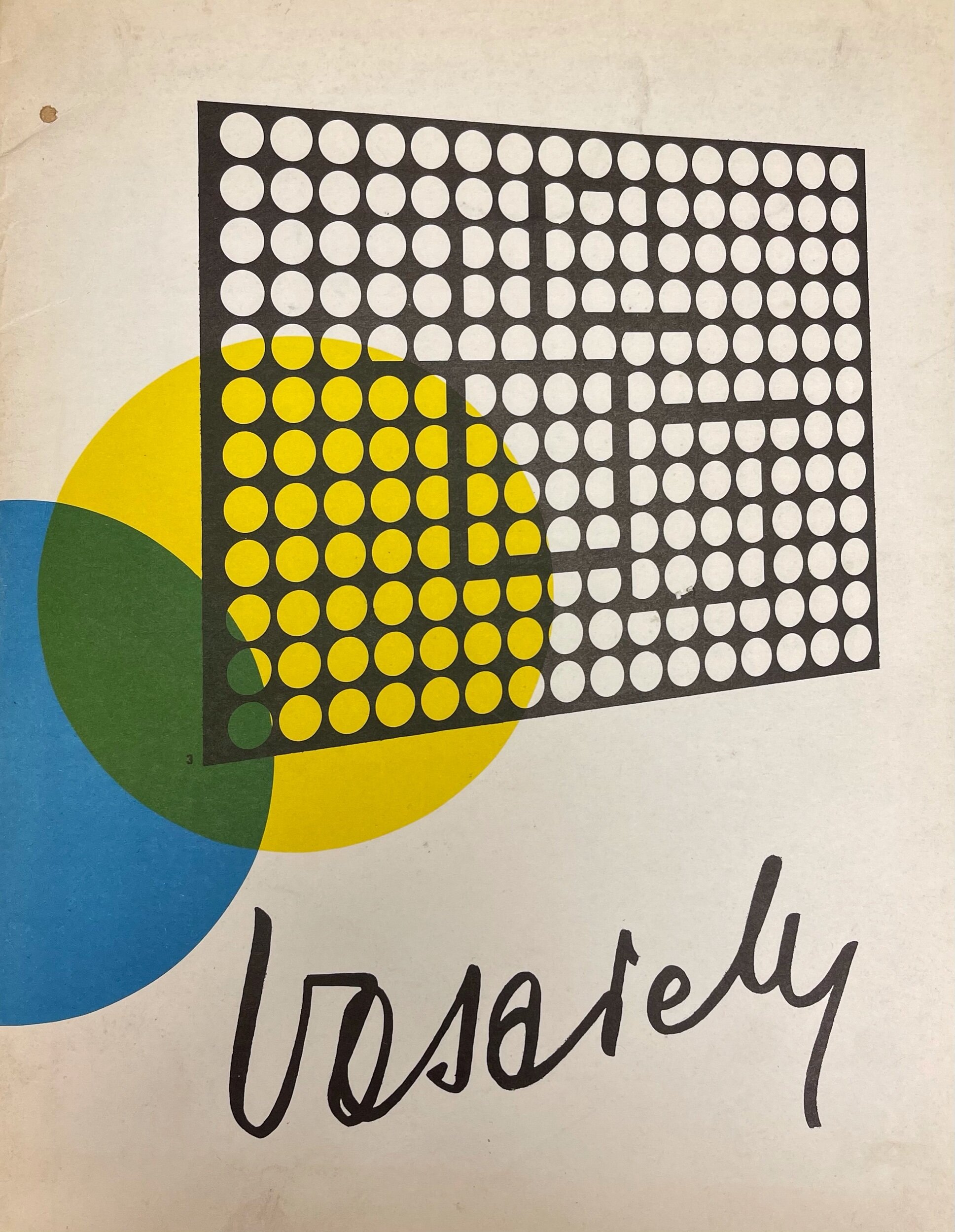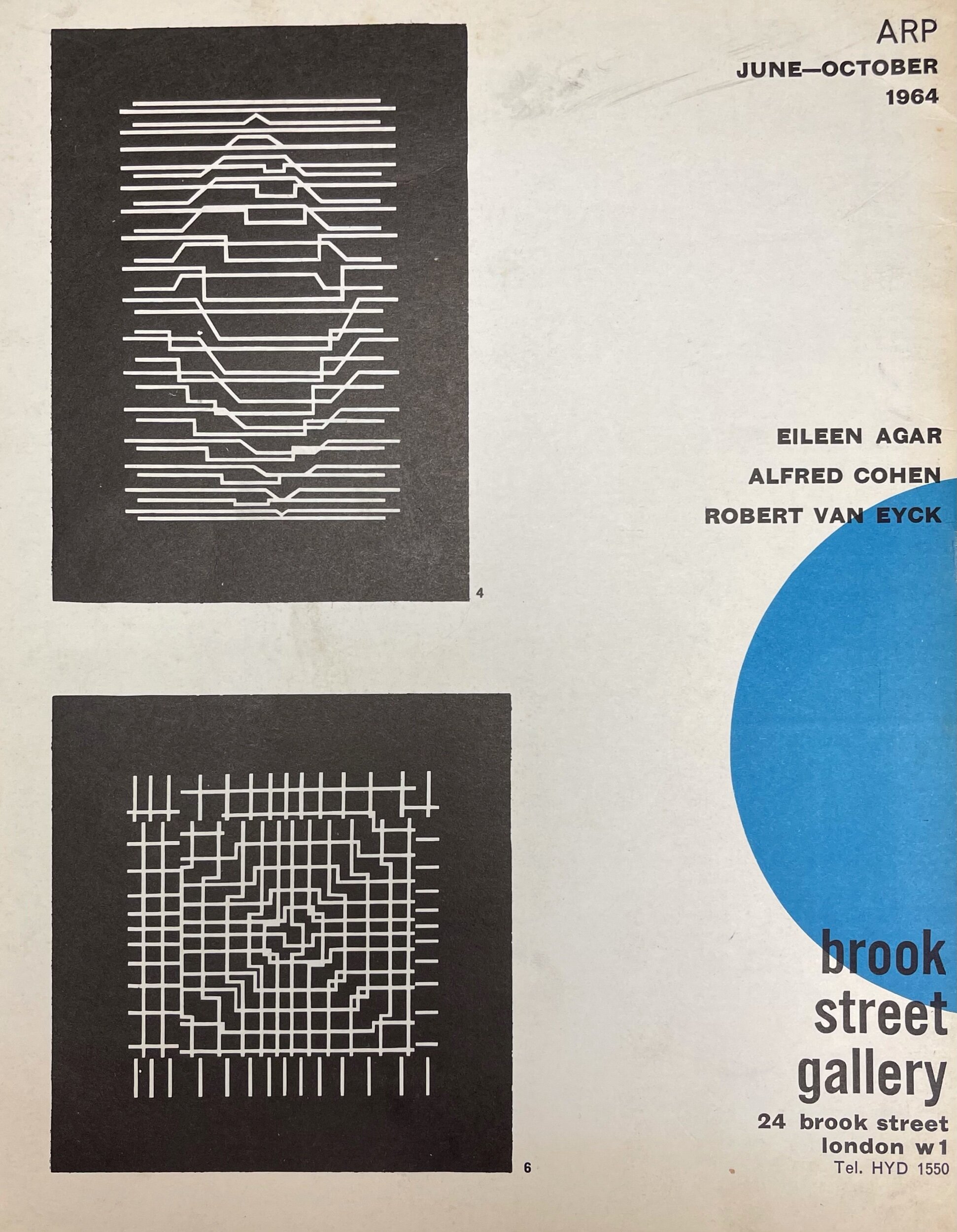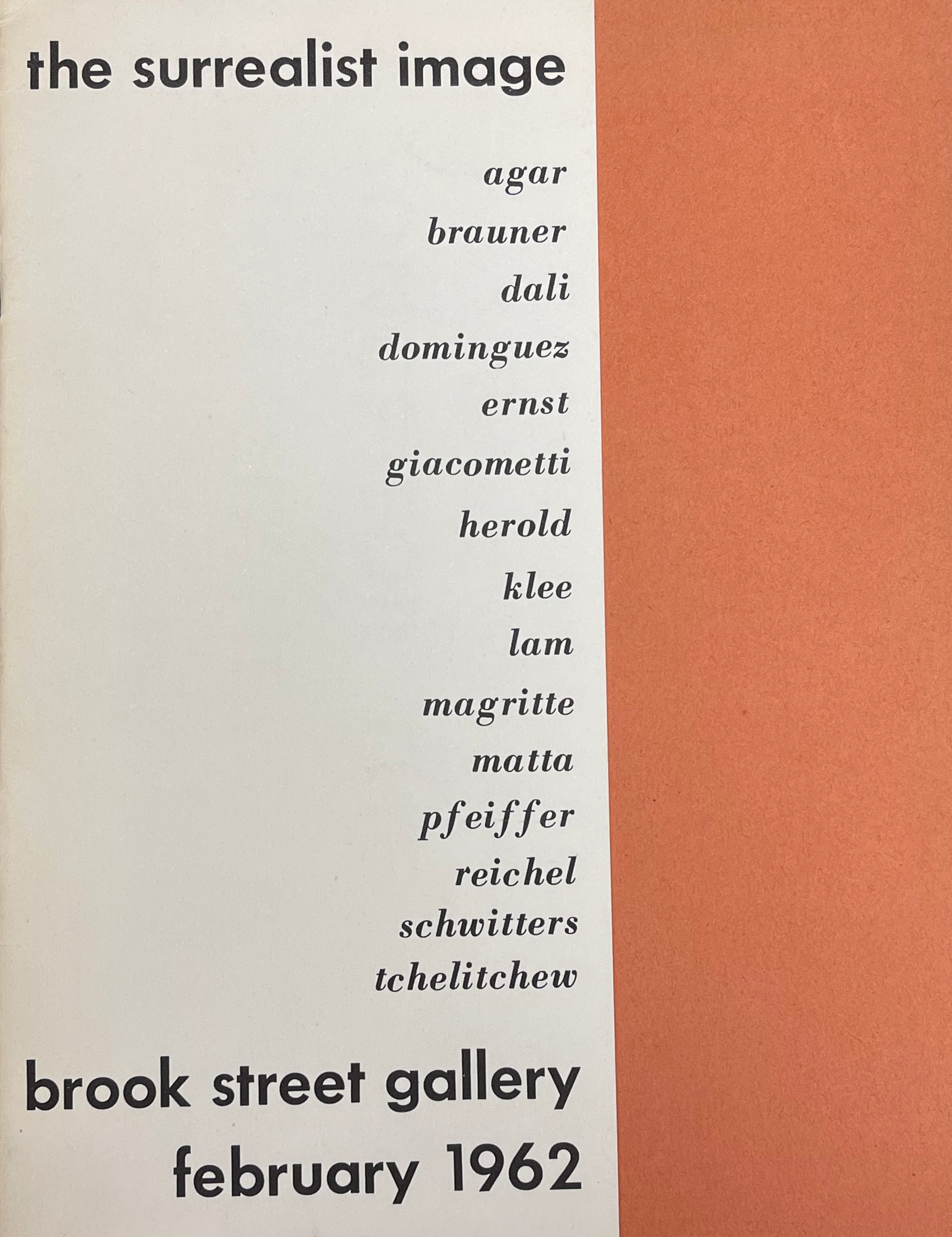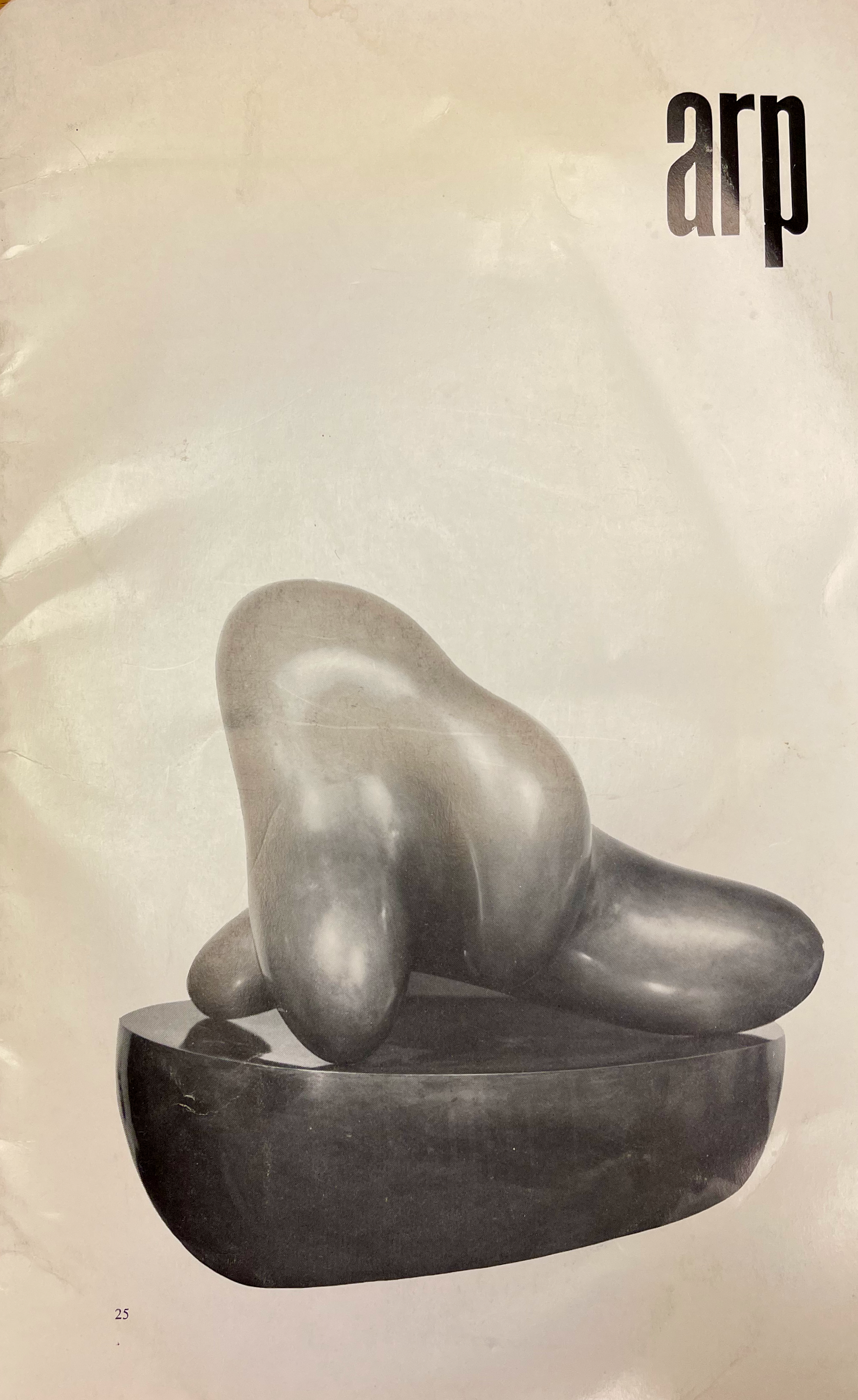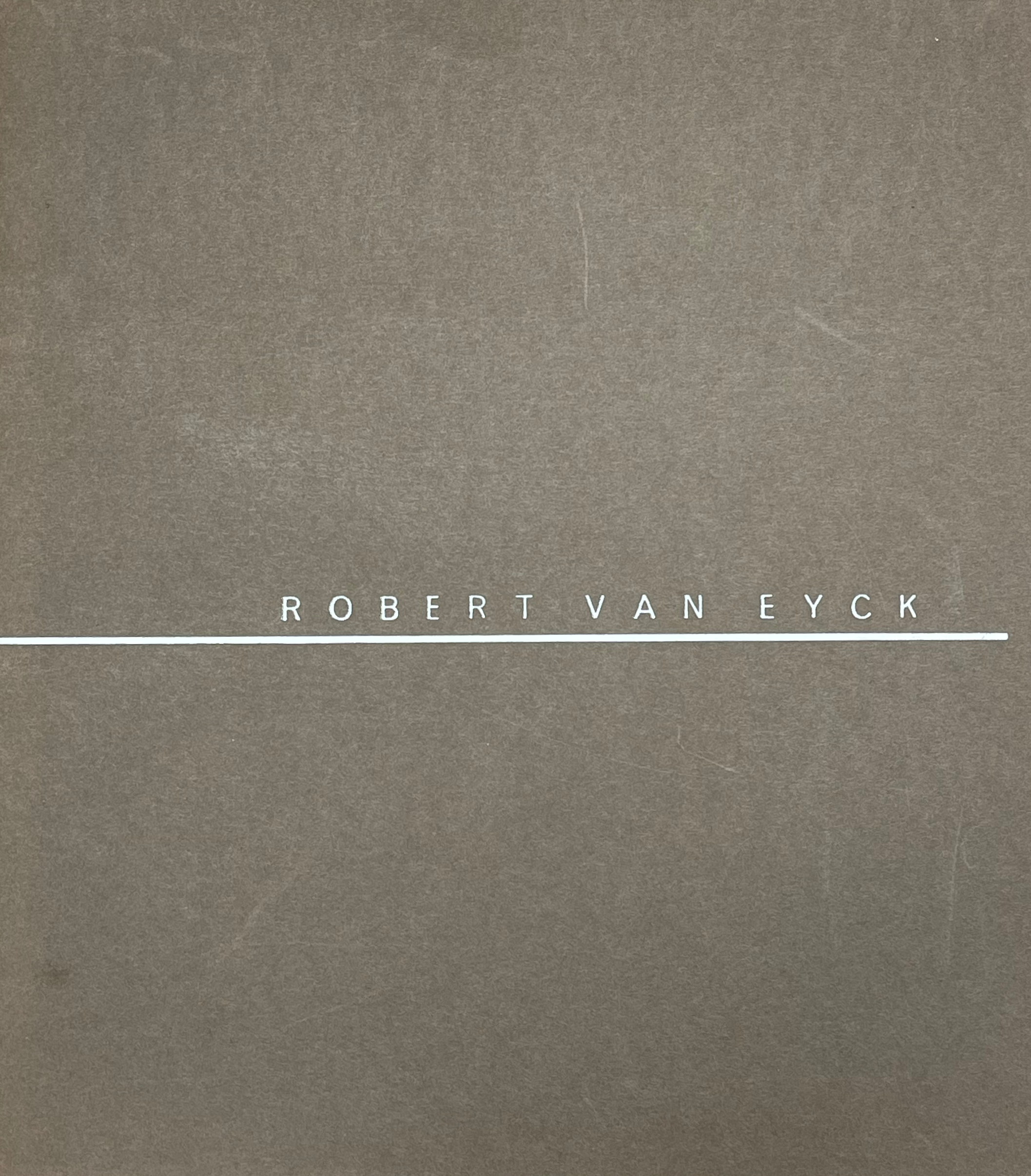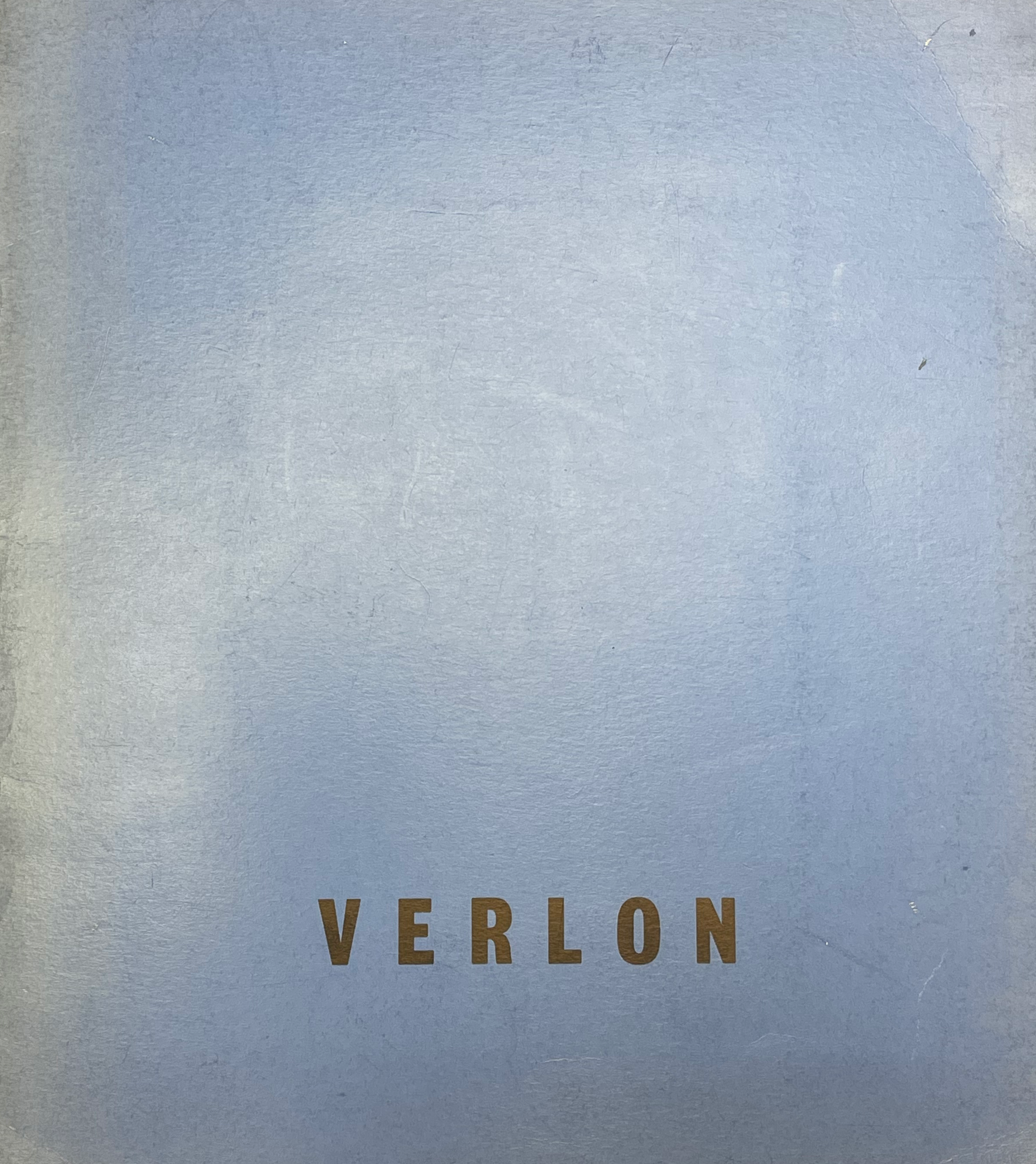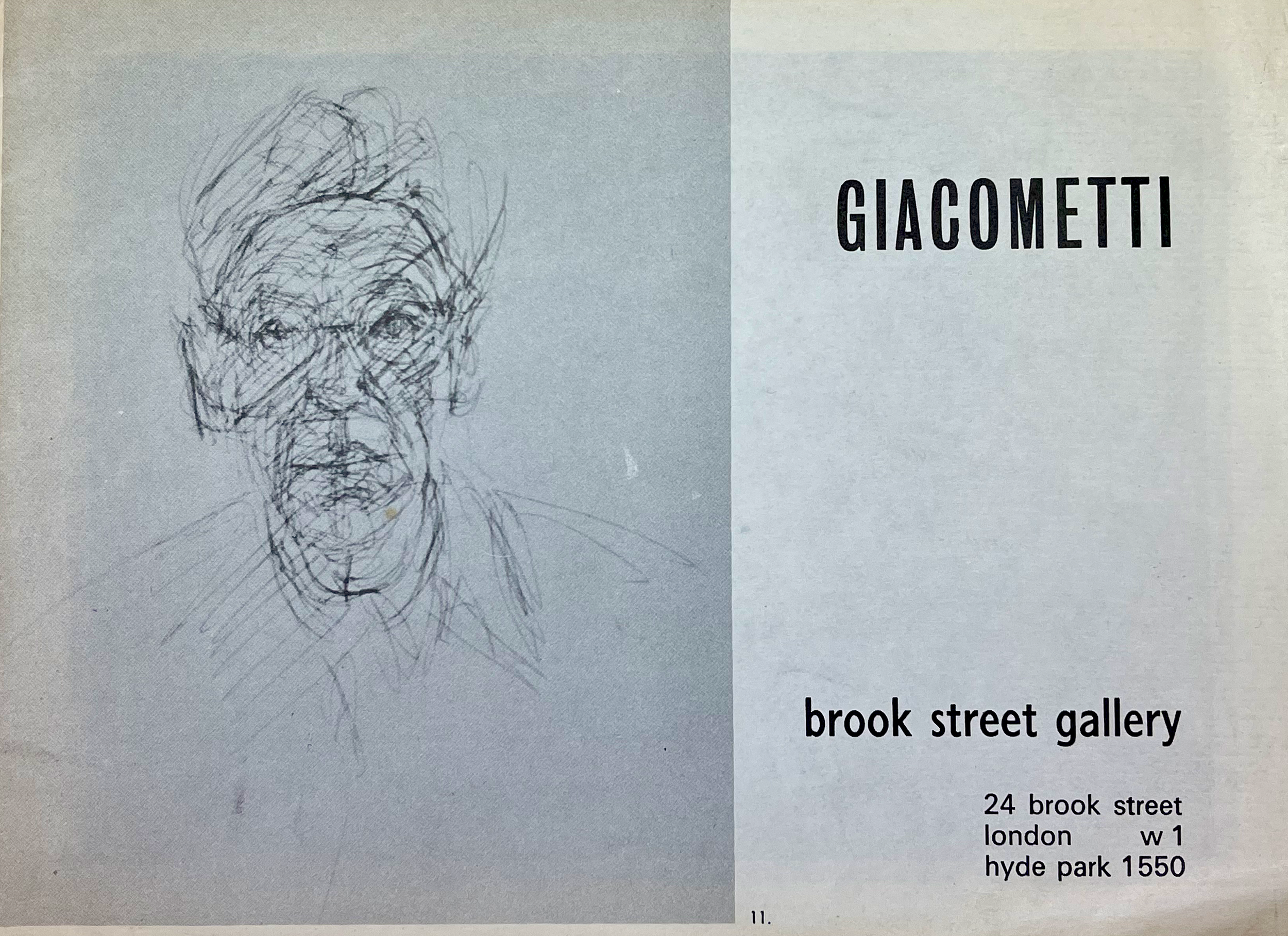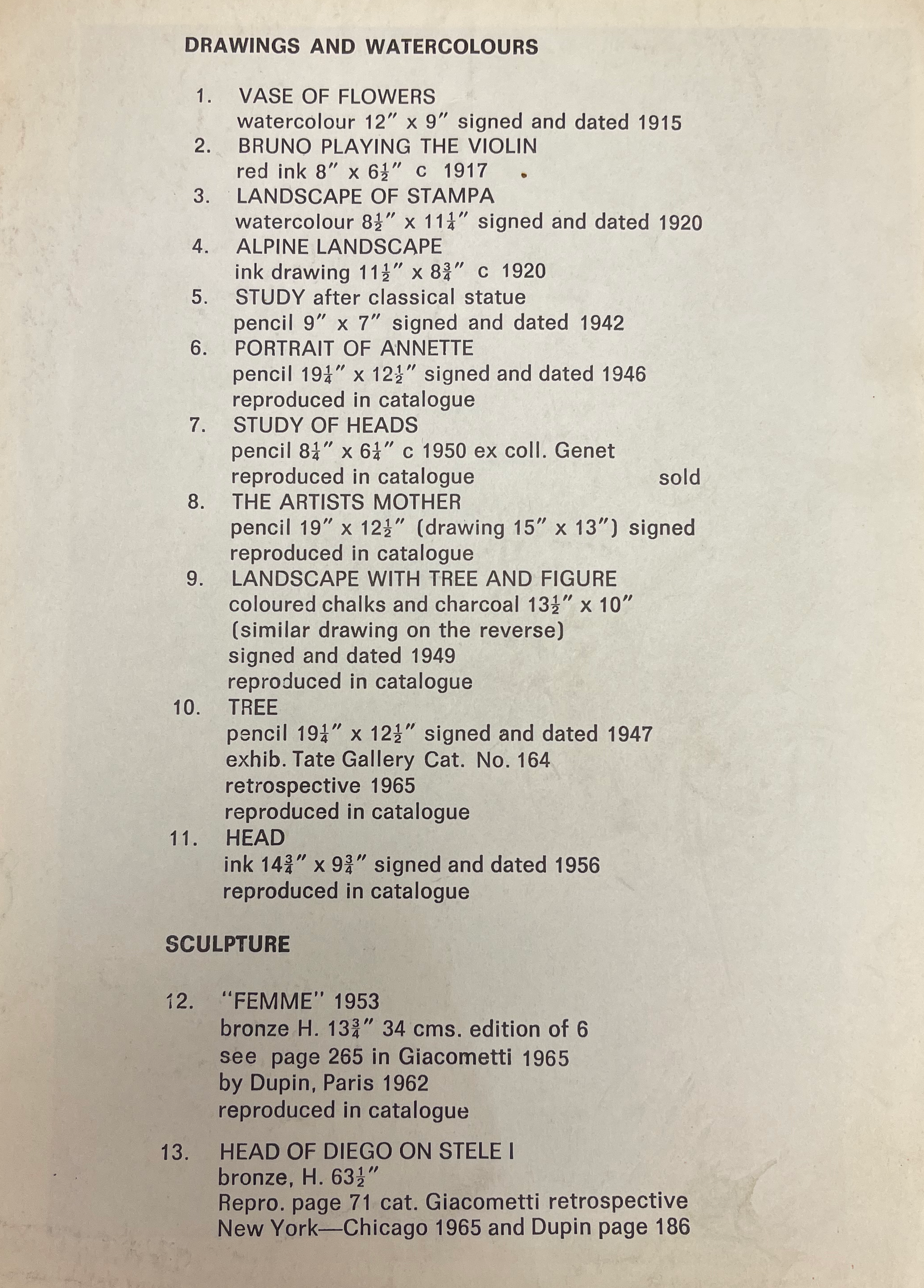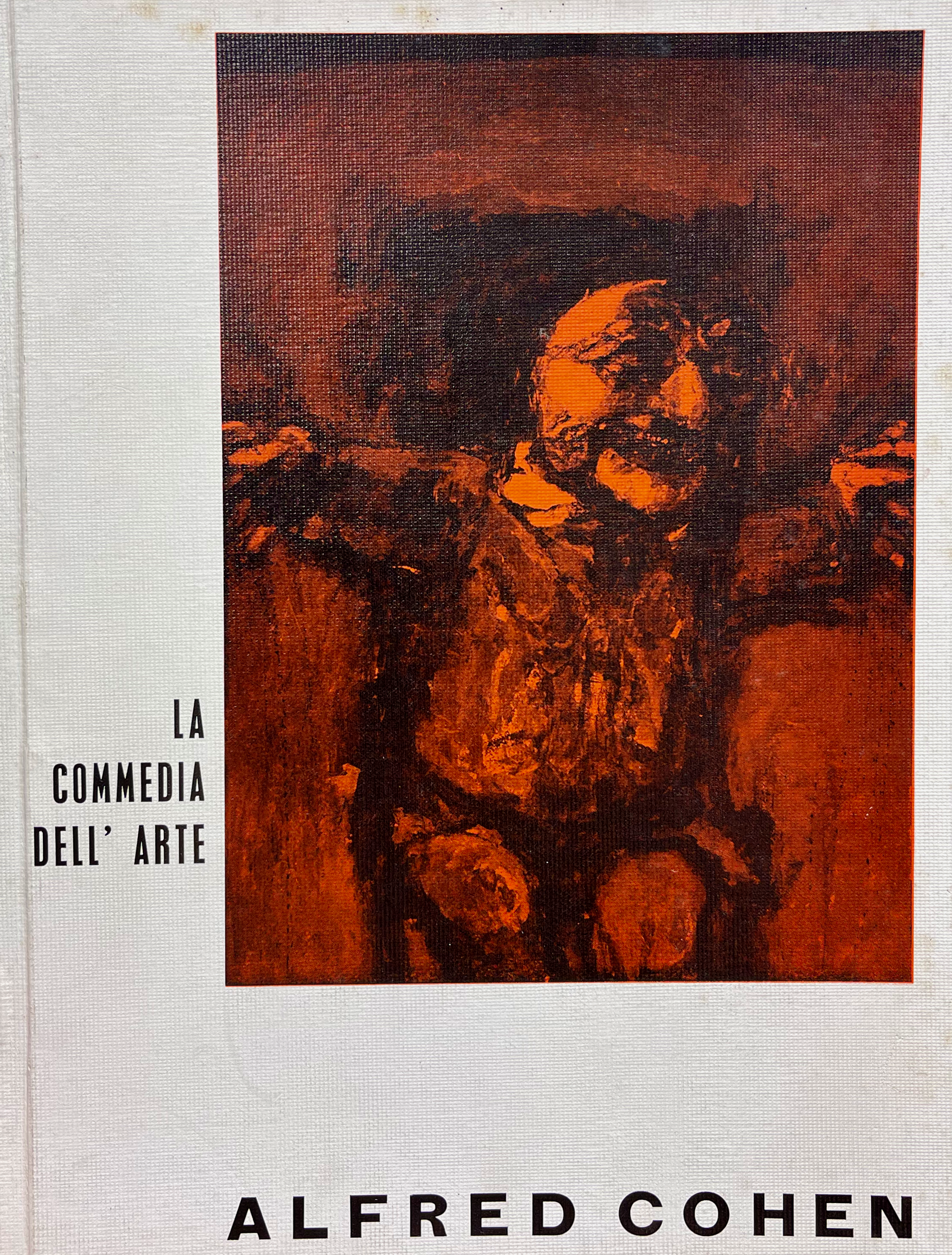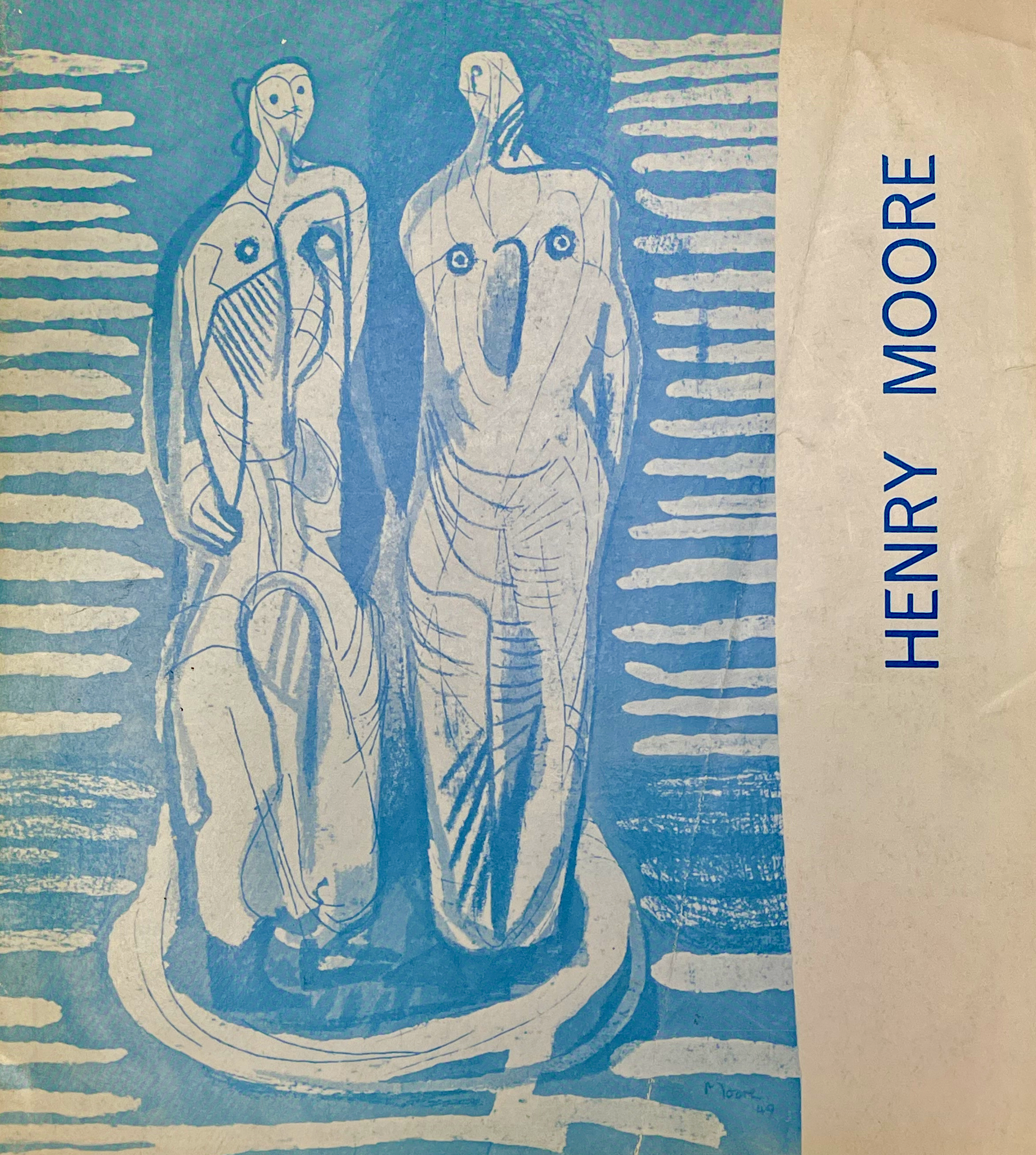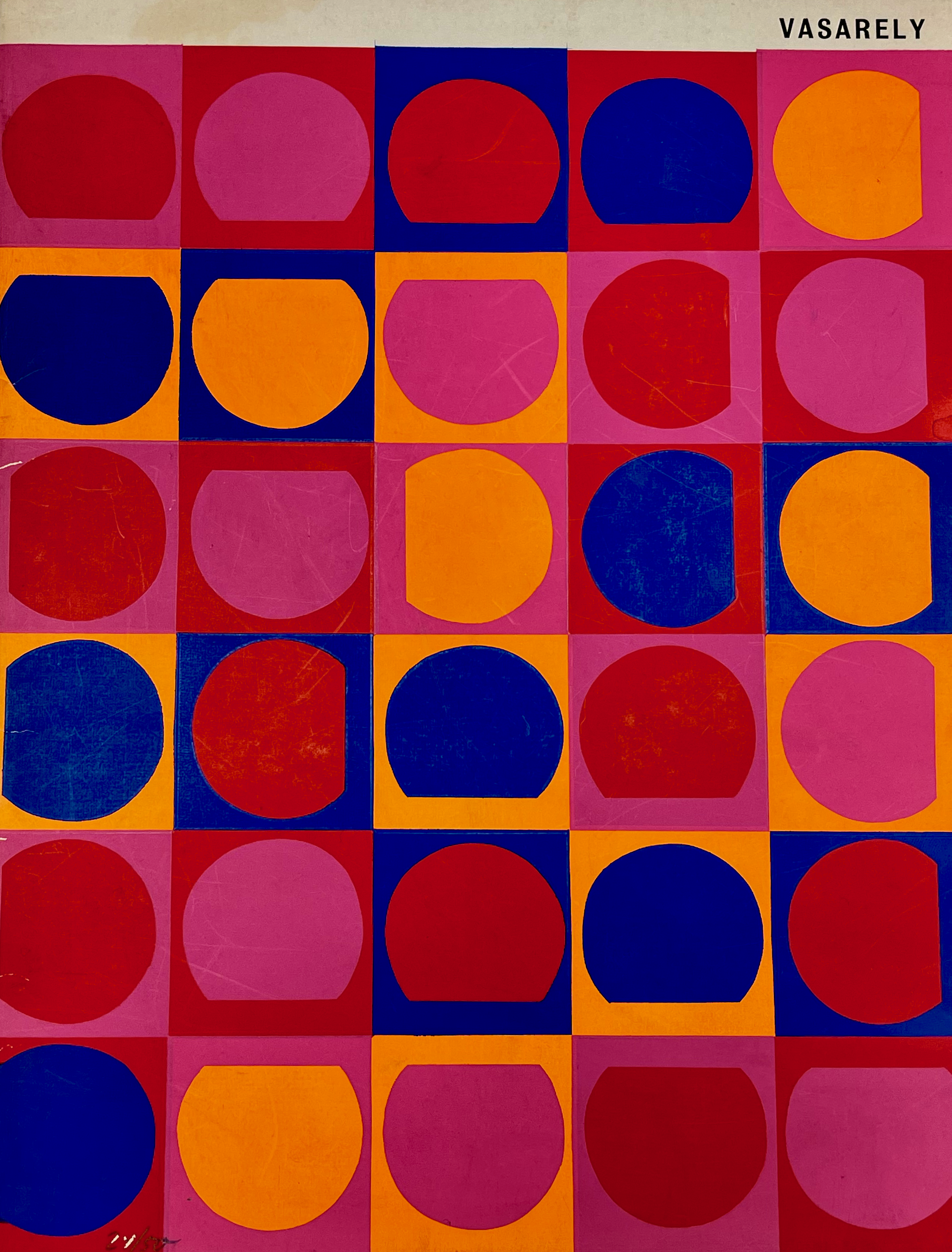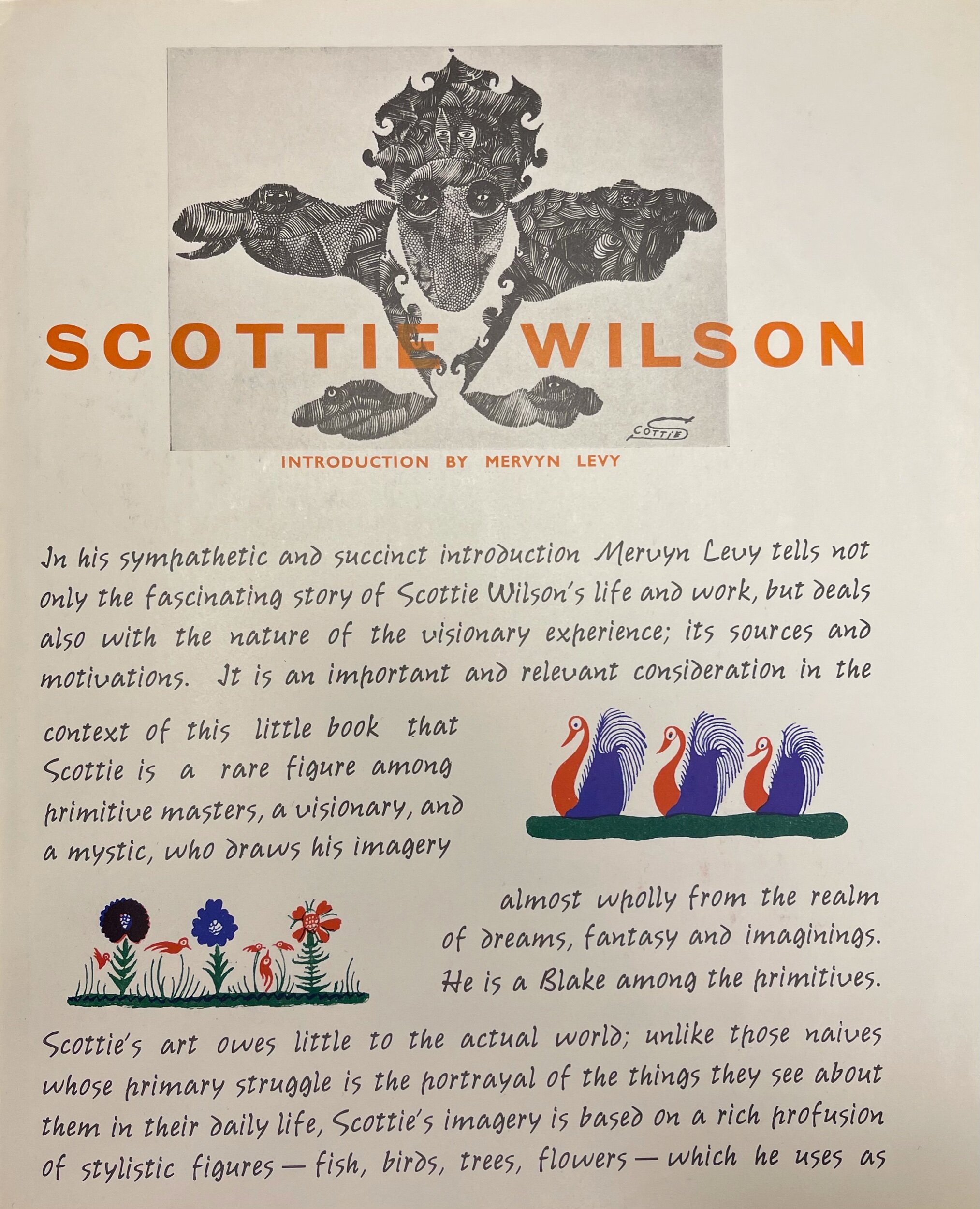The Legacy of Robert and Rena Lewin
The Legacy of Robert and Rena Lewin
In the exhibition, Classical and Medieval Numismatology, patrons will experience a survey of antiquarian coinage. As the Museum collaborated with the University of Evansville and the University of Southern Indiana on this installation, the Vyvoda family was pivotal in creating this exhibition because they lent most of the coinage on display. Originally owned by Robert and Rena Lewin, these coins were gifted to their nephew, Mark Vyvoda.
While the Lewins were philanthropists and art dealers, their story is more captivating because they were survivors who faced the realities and horrors of the Nazi regime. Learn more about Robert and Rena’s story in this blog, The Legacy of Robert and Rena Lewin.
Born in Warsaw, Poland in December, 1918, Boruch Lewin was the son of a Jewish banker, Jacob, and his beautiful and beloved wife, Yochewet. His parents brought him up strictly and encourage him to pursue "solid materialistic goals", a formal education, and a career as a professional.
Early in his life, Boruch was exposed to political conflict. In 1935, the statesman Marshal Jozef Pilsudski died of liver cancer; and his death caused the rise in Polish nationalism and increasingly overt anti-Semitism. Fanned by Hitler's anti-Jewish Nuremberg Laws, the political environment convinced Jacob Lewin that there was no future for Jews in Poland. With his father’s urging, Boruch applied to medical school in London and earned the opportunity to attend school at Guy’s Hospital. Jacob and Yochewet moved to the South of France, believing they would be safe there.
Within a year, Boruch decided against a career in medicine and transferred to Oxford University to begin studying Agriculture in the fall of 1938. With the outbreak of World War II, he felt called as a Polish citizen to volunteer to serve in the Polish Army. After the academic year, he left Oxford University and returned to his homeland to fight against the Nazis. His return to Warsaw coincided with the collapse of the Polish Army and he was faced with the deadly dilemma of every Polish Jew – escape or death. To the East he faced the Soviet regime and to the West, he feared Nazi Germany. In November, 1939, Boruch arrived in Lithuania.
When Lithuania became occupied by both the Soviet Union and Nazi Germany forces, Boruch was saved by a Japanese diplomat named Chiune Sugihara. Known as Japan’s Schindler, Sugihara saved 6,000 Jews. He issued Boruch a visa to flee Lithuania and migrate to Japan.
When he arrived in Kobe, Japan in February, 1941, Boruch was able to contact his father in Nice, France. Together they worked to secure an enrollment contract through the University of California. Boruch would be able to receive a student visa to attend college in the United States and be relieved of his refugee status.
War again thwarted his plans. While preparing for the bombing of Pearl Harbor, Japan transferred all Eastern European refugees to Shanghai. Boruch found work with an international trader and then with a charity focused on helping Eastern European refugees. He remained in Shanghai as a refugee until the Allied Liberation and briefly worked as an administrator for the US Army until 1945.
Through his association with the US Army, Boruch was able to learn the fate of his family. His younger brother Michael, who was at boarding school in England during the War, was alive and hiding out in France. His parents had been arrested in Nice in August, 1942 and were deported to Auschwitz. The news of his parents was crippling.
As World War II ended, Boruch was stranded in Japan. With an invalid Polish passport, he overcame many bureaucratic obstacles and managed to obtain flights to Hong Kong, India, and Egypt before returning to England. He resumed his coursework at Oxford University during the 1946-1947 academic year.
Now referring to himself as “Robert,” or “Bob,” Bob graduated from Oxford University in 1949 and earned a degree in PPE, or Philosophy, Politics, and Economics. After graduation, he attended the Chelsea College of Art and studied under the famous painter, Frank Auerbach. There, Robert would find his true vocation.
In 1947, Bob married Bronia Medrzycki. The short-lived marriage was dissolved in 1954. After his first marriage ended, Bob met Jewish refugee, Regina “Rena” Fisch Langer and was smitten. The couple married in 1957 and were determined to build a new life in England. Rena worked as a motivational speaker and activist for the Pioneer Women of Great Britain, which was a British-Zionist labor movement. While Bob and Rena shared a passion for art, it was Rena who encouraged Bob to expand his expertise in the art world and gave him the confidence and support to open the Brook Street Gallery, formerly located at 24 Brook Street, London.
The Gallery opened in Mayfair, London in 1960 with a loan from friends. With Bob's expert eye and gift for sourcing and acquiring mostly small works of 20th- century masters, and his wife's exquisite taste and talent for people, the gallery soon gained an international reputation and a wide circle of devoted collectors. While Bob became known for his encyclopedic knowledge of provenance, associations, and value, Rena would draw in clients with her charm, wit, and shrewd intelligence. For a quarter of a century, the Brook Street Gallery hosted exhibitions and represented artists such as Arp, Calder, Giacometti, Moore, Morandi, Picasso, Erté, and Piper. Bob had a talent for discovering and encouraging contemporary artists and was instrumental in promoting Eileen Agar, Scottie Wilson, and Gillian Ayres.
Bob and Rena were great hosts at their London home in Eaton Square and later in St John's Wood. An invitation from the Lewins was not to be turned down. Financiers, industrialists, writers, painters, and filmmakers would marvel at the eclectic art collection of antiquities, pre-Columbian figures, African sculpture, European and Asian furnishings, among the 20th-century masters and contemporary art.
Bob was known for expounding on the origins of the Fauves or the Surrealist nature of Rowlandson before disappearing to his library on a sudden quest for an obscure fact. He freely and happily gave guidance and encouragement to up-and-coming art dealers. His expertise was prized not only in art, but for his other great passions - tennis, riding, wildlife, and Israel. However, those who encountered him in the rarefied echelons of the fine art world were rarely told of the extraordinary journey which brought him to England.
In the mid-1980s and at the height of his career, Bob decided to close the Gallery. Later he would say that he could no longer connect with the direction of the contemporary art world. After their retirement, Bob and Rena remained active in the art world and were admired for their philanthropy both in Britain and in Israel. The couple endowed the Chair of Philosophy at Pembroke College, Oxford University; a gallery at the Ashmolean Museum, Oxford, England; and the Israel Museum, Jerusalem, Israel. The Ashmolean Museum received their collection of work by John Piper. The Tate Gallery, among other institutions, received selections from their Jean Arp collection. In 1992, in recognition of their contributions of time, vision, funds and art, they were made Honorary Fellows of the Israel Museum in Jerusalem.
Rena died in 2002, followed two years later by Bob. Fueled by the Jewish value of tzedakah, upon their deaths, their homes in London, England and Caesarea, Israel, as well as most of their estate, were liquidated and the funds were donated to various charities and non-profits such as the New Israel Fund.
While the majority of the couple’s eclectic art collection now resides in various institutions, their family inherited a large portion of the collection. Current family members share portions of the collection for educational purposes and are gratified to continue the legacy of Robert and Rena Lewin. The couple is buried side-by-side at the Har HaMenuchot Cemetery in Jerusalem, Israel.
Tory Schendel Cox
The Virginia G. Schroder Curator of Art

